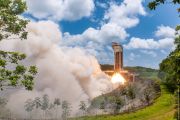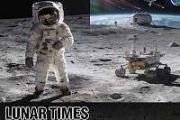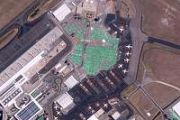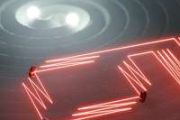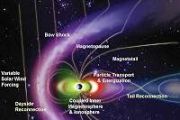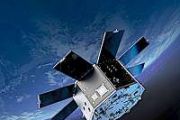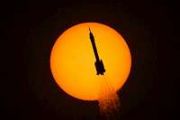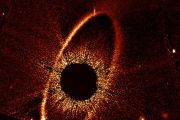
Copernical Team
NASA hosts Twitch event for moon mascot, zero-g indicator contest
 NASA will host a live Twitch event Tuesday to help "global creators" of all ages design a plush mascot that will indicate zero gravity, when Artemis II astronauts take flight next year around the moon.
NASA's livestream will promote its ongoing Moon Mascot Challenge and allow viewers to collaborate in real-time with an artist as they create a sample zero gravity indicator.
Zero g
NASA will host a live Twitch event Tuesday to help "global creators" of all ages design a plush mascot that will indicate zero gravity, when Artemis II astronauts take flight next year around the moon.
NASA's livestream will promote its ongoing Moon Mascot Challenge and allow viewers to collaborate in real-time with an artist as they create a sample zero gravity indicator.
Zero g SpaceX launches another batch of Starlink satellites into low-Earth orbit
 SpaceX early Tuesday launched another batch of Starlink satellites into low-Earth orbit from Florida's east coast.
The Falcon 9 rocket launched from NASA's Kennedy Space Center at 1:02 a.m. EDT.
The mission was to put 28 Starlink satellites into low-Earth orbit, where they will join Starlink's growing cluster of thousands of orbitals that provide low-latency, high-speed Internet
SpaceX early Tuesday launched another batch of Starlink satellites into low-Earth orbit from Florida's east coast.
The Falcon 9 rocket launched from NASA's Kennedy Space Center at 1:02 a.m. EDT.
The mission was to put 28 Starlink satellites into low-Earth orbit, where they will join Starlink's growing cluster of thousands of orbitals that provide low-latency, high-speed Internet EU faces heat over millions paid to Musk firms
 The EU handed over hundreds of millions of euros to companies belonging to the world's richest man, Elon Musk, a key ally of US President Donald Trump and frequent critic of the bloc, a document seen by AFP showed Tuesday.
German Green EU lawmaker Daniel Freund sent a letter in March to the European Commission, asking for information about EU funding to Musk-linked businesses.
In a respo
The EU handed over hundreds of millions of euros to companies belonging to the world's richest man, Elon Musk, a key ally of US President Donald Trump and frequent critic of the bloc, a document seen by AFP showed Tuesday.
German Green EU lawmaker Daniel Freund sent a letter in March to the European Commission, asking for information about EU funding to Musk-linked businesses.
In a respo Thank you for your service, Galileo GSAT0104

On 12 March 2013, Galileo satellite GSAT0104, alongside its fellow In-Orbit Validation (IOV) satellites, made history by enabling the first position fix by Europe’s independent satellite navigation system Galileo. Now, after 12 years of service mostly in the area of Search and Rescue, GSAT0104 makes history again by becoming the first satellite in the Galileo constellation to be decommissioned.
Biomass completes a relay race of a LEOP
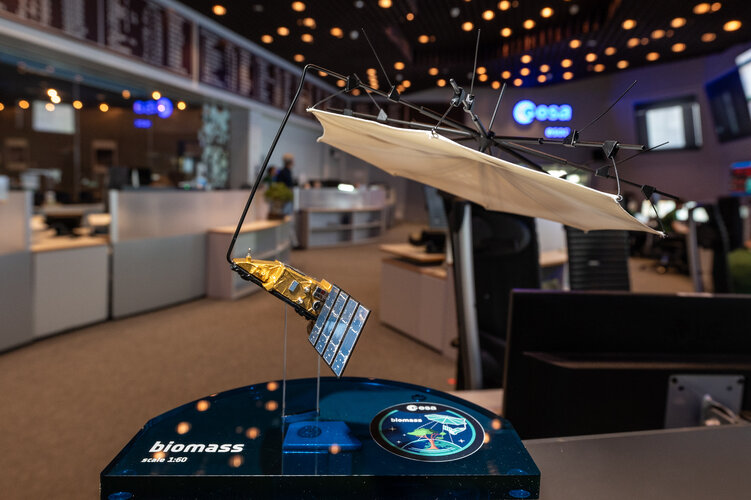
Mission control at ESA’s European Space Operations Centre has completed the critical Launch and Early Orbit Phase (LEOP) for ESA’s Biomass, after nine days of intense work.
Simulating space on Earth for miniature satellite testing
 Video:
00:00:33
Video:
00:00:33
Inside a spherical cagelike structure, a small platform slowly spins as if floating. A single, bright lamp illuminates the scene, simulating the Sun. This setup constitutes the European Space Agency’s brand new facility for the testing of CubeSats – small satellites, usually no larger than a shoebox and weighing only a few kilograms.
This space-simulating facility, built for ESA by University of Bologna and Nautilus - Navigation in Space, is part of the Attitude and Control System (AOCS) & Pointing Systems laboratory at ESTEC, the Agency’s technical centre.
Just like any piece of machinery destined for space, CubeSats undergo
What NASA Is Learning from the Biggest Geomagnetic Storm in 20 Years
 One year ago today, representatives from NASA and about 30 other U.S. government agencies gathered for a special meeting to simulate and address a threat looming in space. The threat was not an asteroid or aliens, but our very own life-giving Sun.
The inaugural Space Weather Tabletop Exercise was supposed to be a training event, where experts could work through the real-time ramifications
One year ago today, representatives from NASA and about 30 other U.S. government agencies gathered for a special meeting to simulate and address a threat looming in space. The threat was not an asteroid or aliens, but our very own life-giving Sun.
The inaugural Space Weather Tabletop Exercise was supposed to be a training event, where experts could work through the real-time ramifications Accelerating Mathematical Discovery with AI for Tomorrow's Breakthroughs
 Math has long been the engine behind countless technological advancements, but the path to groundbreaking mathematical insights has traditionally been slow and labor-intensive, often taking years or even centuries to unfold. This delay limits the ability of mathematics to tackle urgent challenges in fields like national security, medicine, and advanced computing.
To overcome this bottlenec
Math has long been the engine behind countless technological advancements, but the path to groundbreaking mathematical insights has traditionally been slow and labor-intensive, often taking years or even centuries to unfold. This delay limits the ability of mathematics to tackle urgent challenges in fields like national security, medicine, and advanced computing.
To overcome this bottlenec Save the date: 16–22 June - ESA at the Paris Air Show
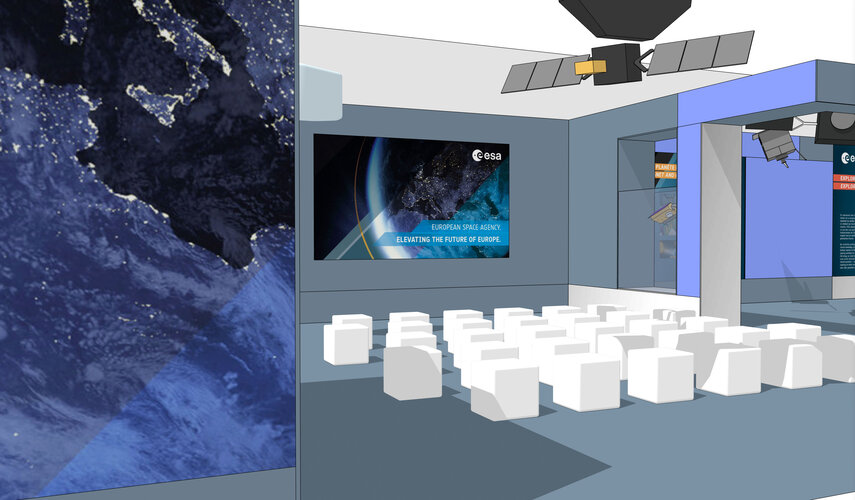
The European Space Agency will be present at the 55th edition of International Paris Air Show, taking place on 16-22 June at Le Bourget airport.
Back to light

As the night closed in on Spain and Portugal on 28 April, polar satellites followed the blackout that lasted well into the early hours of the morning in several regions.











